Harvester work as charge pump, multiply input voltage twice to get 2V pulses
Pulse can be adjusted it is from us to ms, longer pulse need longer charging
Advantages compared to other designs.
- discrete components, no special QFN chip (two standard transistors, 5 resitors and 2 capacitors)
- based on charge pump design
- work indoor, no direct sunlight required
- startup current is less than 1uA, it is much lower than on commercial harvesting IC
- reliable, every pulse start MCU, no watchdog or program freeze
- solar array can charge Super capacitor and then powering MCU in night
Why again BPW34?
- PLASTIC, harder to break
- easy to buy, it is smallest commercially available solar cells
- there is no way to get small non Chinese solar panel
- IXYS solar bit are discontinued
- Panasonic amorton are made from glass and is not easy to buy
Best features and why pulses
- pulse technology allow reliable start of MCU
- it allow slow charge capacitors with very low input current and voltage 1V / 1uA
- there is no load for harvester, load is connected with voltage burst
- other designs like only solar cell + capacitor not solving MCU start, there is no MCU with
capability to start with slow power supply rising
 bobricius
bobricius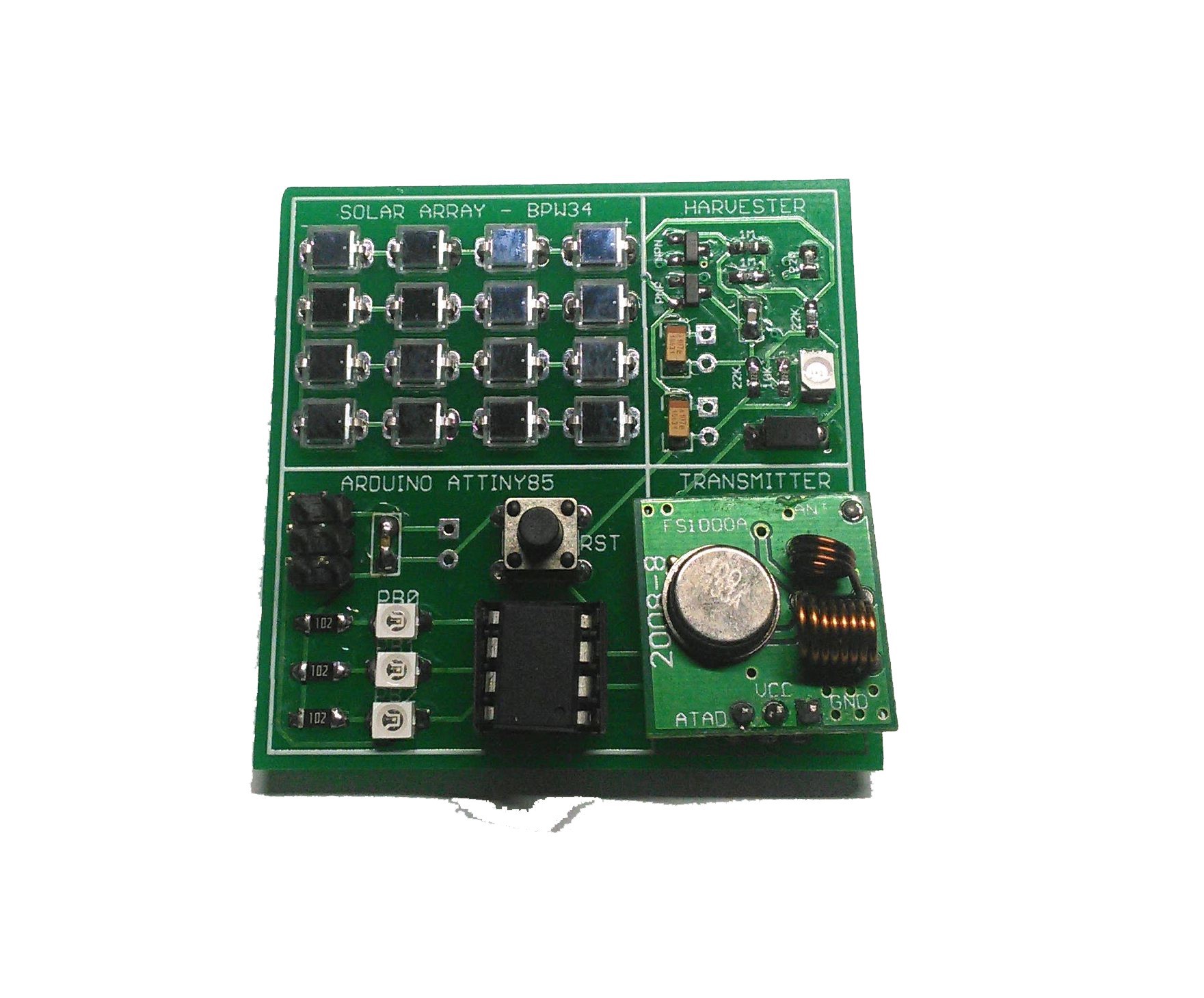
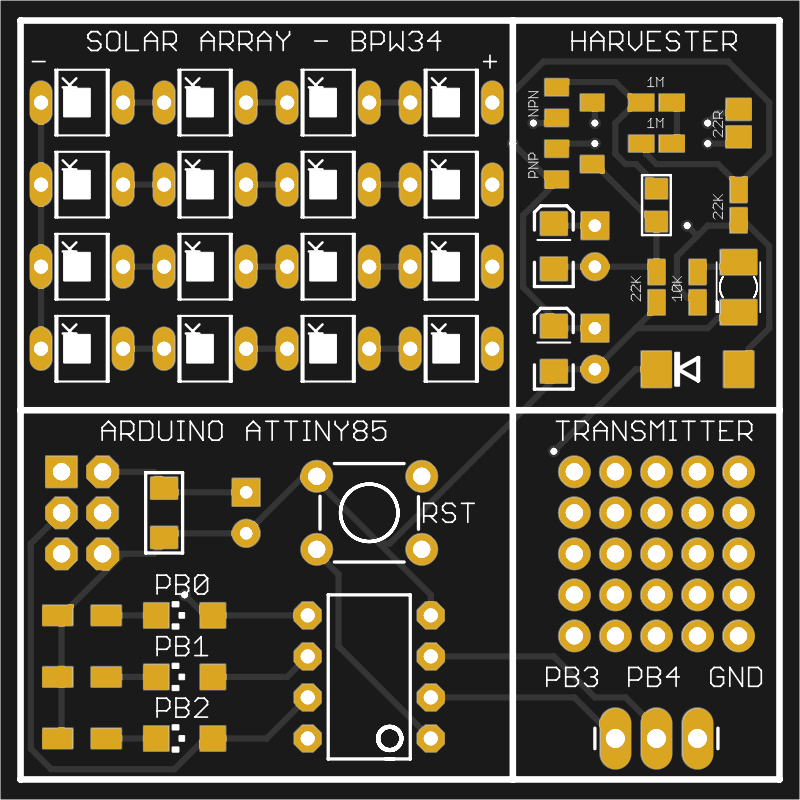
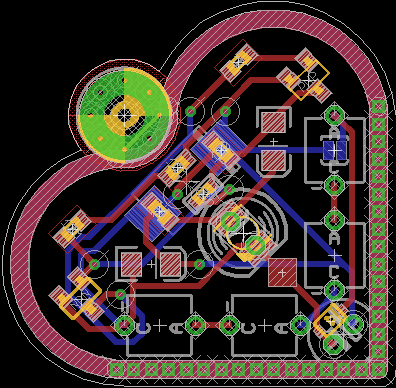
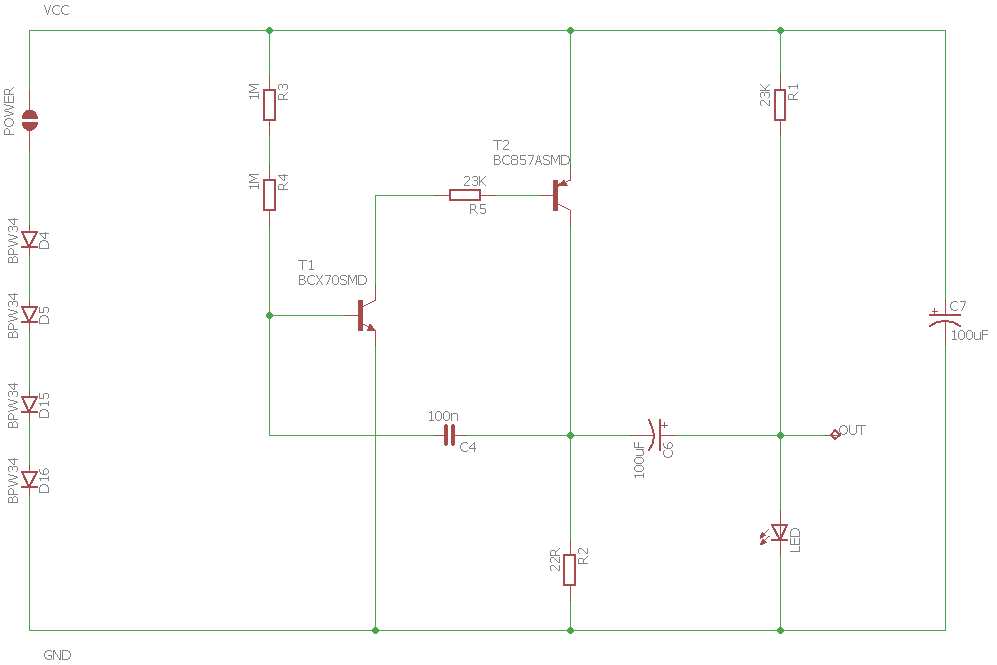



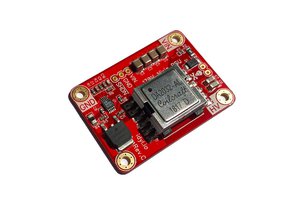
 Tony
Tony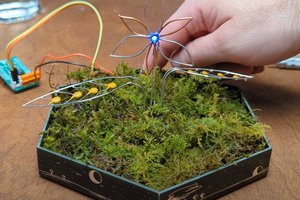
 Guru-san
Guru-san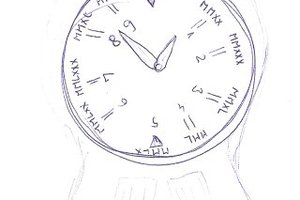
 Jan Waclawek
Jan Waclawek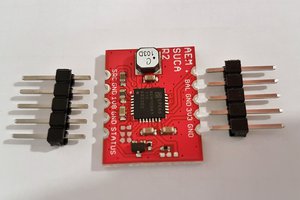
 Jasper Sikken
Jasper Sikken
Thank you for sharing this. I have been trying to recreate the charge pump circuit but have not been able to recreate the 2V output. Even simulating the circuit, the output is always just under the input voltage of 1V.
https://www.falstad.com/circuit/circuitjs.html?ctz=CQAgjCAMB0l3BWEBmAHAJmgdgGzoRmACzICcpkORICkNIJNApgLRhgBQAbg6iPjl4hSgunSJ0IYqNAQcATuBx0RSuuglR+8HRwAua-pvQaj0iCxhhIREemToMBLKgSjoaDKiwkfWH65ESNZ0ACZMAGYAhgCuADZ6+vymxNTICOjgRNR0bCCW0I44yJDIYKhoYMhEVHwFtDg+ZQRVPuhV4HAg4dHxiYom1IPJ1KlaJhwA5iP8bjMO0pAcAO4oGcKC6ZlgjlArhhqSyvyofEsAxgena5mOZzI6kBYwZDtY+KdgpK4tD0-7W0MgLue0UwOugOQOHuJngUxuKGhCIkiwUCJBRDAghBklYpDRtkEqkJJxh6DhWMyJIxqihfEyPViCRYcSYoXAWjEsE40xJdIYxK6YjRCFwGxoYqx5jx8NFmyRcoYQr2vPpcyIfBRnP2GvFUvFS1W+tp61UhoRxNUZp1VsEiut5NIEsE+sV-K5OnIXu9PvIMl9diI6EaqGKfwgnEdAux10xMfuME9AeTMh2ylQkCwCCh1ShJkyiae4A4AHlo6SaLscXsAPazEBULQSb78WSprScIA